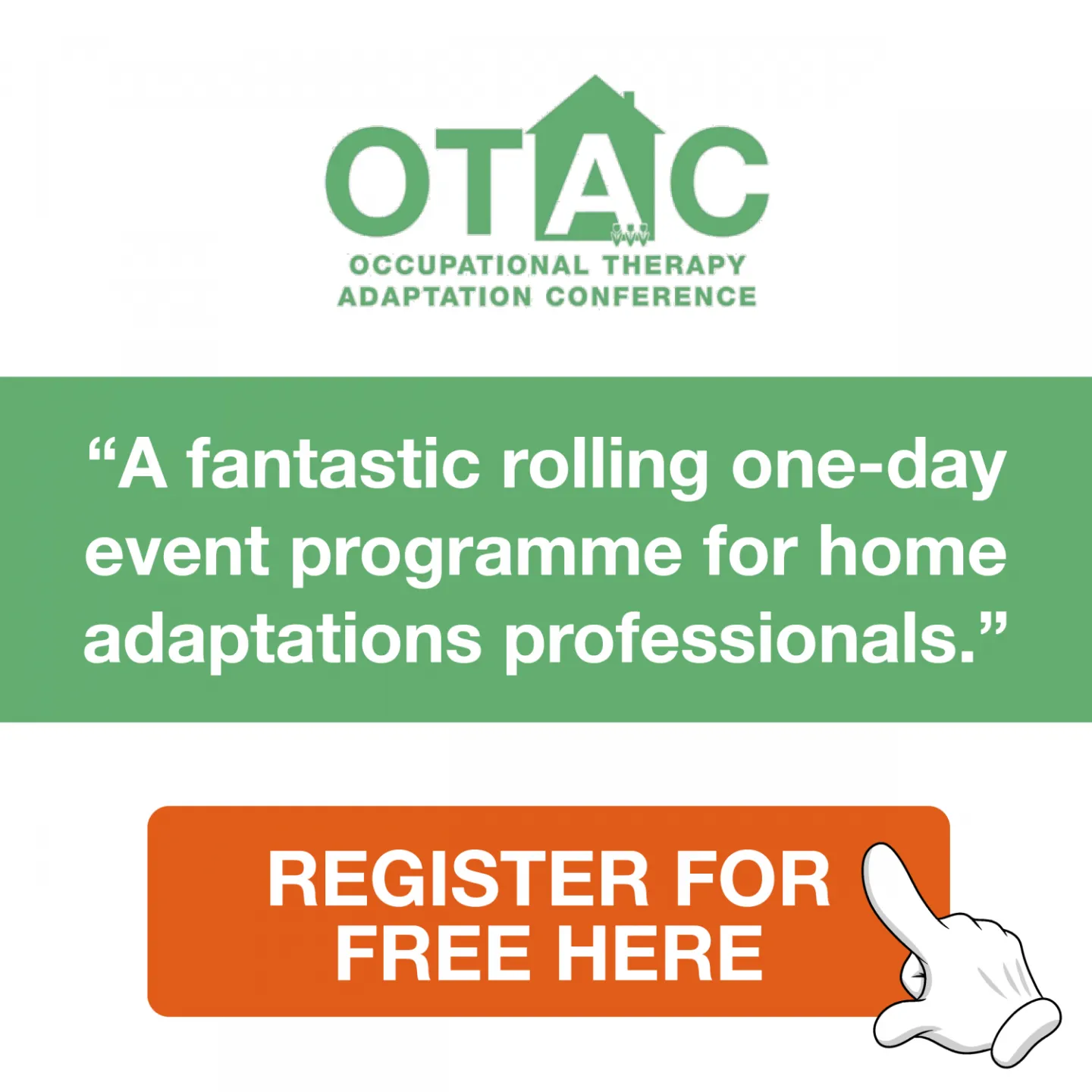Why Are We Still Making Do With Homes That Are Not Fit For Purpose?
As part of its sixth annual #ForAccessibleHomes week, Habinteg commissioned a YouGov survey of over 2,000 British adults to gauge public perception around mobility and housing. Jacquel Runnalls reflects on the results...
The results potentially demonstrate the British public's lack of insight into the daily barriers faced by disabled and older people. That includes a lack of understanding of the barriers specifically encountered by wheelchair users, and the need for housing which offers higher levels of access, design and layout, and, critically, space. As highlighted by previous research from Habinteg, 400,000 wheelchair users are living in inaccessible housing.
This survey reports that 55% of adults without a mobility impairment felt they could not remain in their current home due to its design and layout should they become disabled. Approximately 77% reported this was due to internal steps and stairs. Meanwhile, 44% reported that steps up to the front door would be an issue, and 48% said that their bathroom would not offer the levels of accessibility needed.
Whilst the factors listed above align with the most common home modifications, such as level access showers, stairlifts and ramps, they don't consider key considerations such as lack of general and circulation space, accessibility of the local neighbourhood and availability of accessible local facilities and transport.
Building standards
The public perception indicated by the responses don't reflect reality on the ground. Previous English housing research show that 91% of homes don't provide even the four most basic levels of access. The 9% that do are rated as equivalent to the M(4) Category 1 'visitable' standard, which, sadly for many disabled people, wouldn't in reality be visitable nor use the toilet.
As Habinteg's research on Local Planning policies demonstrates, these too are woefully inadequate despite now being required to meet the local needs of disabled and older people.
It's therefore imperative that when the Government's long-awaited outcome of the consultation on raising accessibility standards for new homes in England is announced (as promised in their recent National Disability Strategy all homes should be required to be built to M4(2) 'accessible and adaptable' standard and a percentage to M4(3). After all – London, the UK's highest density city, has been doing this since 2004.
In terms of older people finding a suitable home, 36% of respondents knew someone over 65 who may need to move due to a mobility impairment, with almost 60% acknowledging that this might be difficult.
In the areas where accessible new homes are being built, I believe there is often a general lack of understanding about the value of positive marketing.
Too often I encounter house builders and developers – who are building wheelchair adaptable homes for purchase or rent – who not only view them as a negative and 'must do', but don't provide any details about their availability. It's no wonder they struggle to sell them if no one knows they exist!
Inclusive design & language
Some builders and developers' lack of understanding around inclusive design and how to create beautiful accessible housing is concerning. I show them that it doesn't have to look institutional, but is genuinely an asset (with an evidenced need) that can be designed with similar finishes and marketed in the same way as their other homes.
After all – even if a disabled or older person doesn't buy it, who wouldn't want a well-designed, adaptable, spacious home?
This is why the language and content of adverts is key. Ensuring they include features that are beneficial to a disabled person – again a new approach for them – in addition to including the adaptable and accessible floorplans,is of real benefit to disabled house hunters. And why not include these in the title deeds for future occupants too?
There is also the potential for M4(2) 'accessible and adaptable' and M4(3) wheelchair homes to have an easily recognisable trademark to help guide the public. We already use sustainability and energy efficiency ratings, so why not accessibility and adaptability?
These ratings could provide specific information about design features and, critically, the more far-reaching benefits that people may simply be unaware of.
As research over many years has demonstrated, these benefits include:
- reduced future adaptation costs and disruption
- enabling the occupant to be more independent and rely less on care
- enabling someone to remain in their own home for longer, reducing or delaying the need to move into residential care
- speedier hospital discharge
- the ability to be used by disabled/older friends/family/parents with buggies
- a general sense of wellbeing with reduced isolation and loneliness.
Another significant cost benefit often cited, but which never ceases to amaze me, is the full cost of poor housing . The 2016 BRE report shows that non-decent and inaccessible housing potentially costs the NHS £1.4 billion per annum.
So, considering all of the above, why are we still building homes that are not fit for purpose?
{[
]}
Jacquel Runnalls has worked for over 20 years as a Housing Occupational Therapist and inclusive environments specialist, currently working with Wandsworth's Estate Regeneration Team and on private projects including Habinteg and Homefinder UK's Accessible Now channel.
She is the Royal College of Occupational Therapists Specialist Section in Housing's Co-opted Lead on Accessible and Inclusive design. Jacquel also co-authored Habinteg's 3rd Edition Wheelchair Housing Design Guide and recently worked with the National Residential Landlords Association, and stakeholders including Habinteg, to produce good practice guidance on adaptations for private landlords.
This piece was written for Habinteg Housing Association 's #ForAccessibleHomes week campaign and has been reproduced with their permission.


